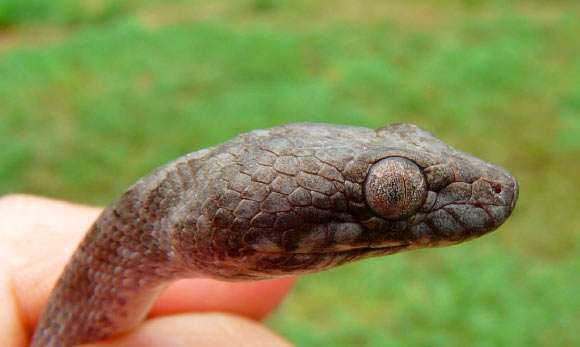
Description:
Scientific name: Madagascarophis
Life span: 15+ years
A subgenus of small, hardly venomous snakes is called Madagascarophis. Little snakes, known as Madagascarophis species, rarely grow larger than 100 cm as adults. They come in a wide range of hues, including greys, browns, yellows, greens, and oranges with spots of a darker hue. Their eyes are big and feature vertical pupils.

Native Region/Habitat
Little, hardly venomous snakes of the genus Madagascarophis are indigenous to the island of Madagascar. Common names for them include Madagascar cat-eyed snakes.
Behavior:
The island of Madagascar has a wide range of habitats for Madagascar cat-eyed snakes, including rain forests and mountainous areas. They are primarily terrestrial nocturnal creatures that can climb and swim well. They consume a range of species, such as rats and chameleons. While their venom is weak and frequently insufficient to subdue the victim they have chosen, they also use constriction when it is essential.
Care As a pet/In captivity:
Mature specimens need a vivarium that is at least 90 cm by 45 cm in size. Given how active these snakes are in the trees, height should permit some climbing. Use fine orchid bark as a substrate; however, Lignosol or another similar wood-based substrate might also be effective. Branch furniture, cork bark hides, and moist sphagnum moss hides are used to decorate the vivarium. A big bowl of clean water is always accessible.
Summertime lows are 76F (24C) at night and 84F (28C) during the day. Let the nighttime temperature in winter drop to 70F (21C). One section of the viv is equipped with a UV lamp. Although they repose in places where they can absorb UV light, these snakes are nocturnal. In smaller plastic tubs with a similar layout to those used for adults, juveniles are kept.
Due to their insatiable appetites, caution should be used when feeding these snakes. Feed several prey items of the right sizes. tiny mice, house geckos, day-old quail, and pink rat rats. Although they might be challenging feeders, juveniles typically eat little geckos, pinks, or frogs.
Table





